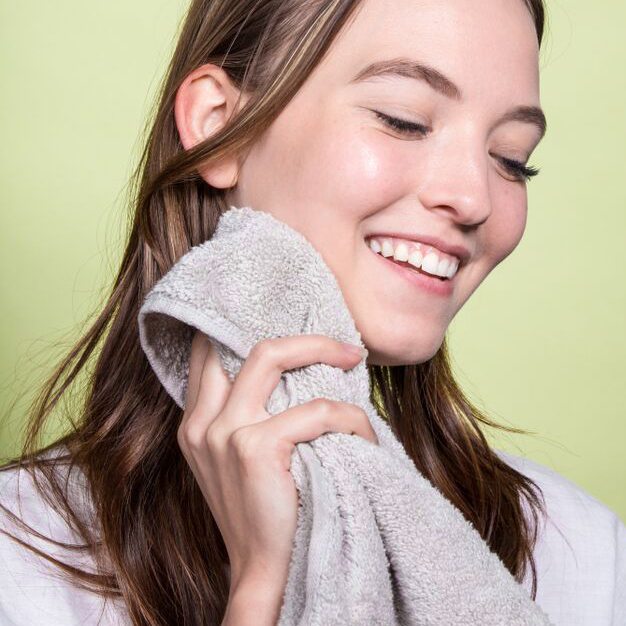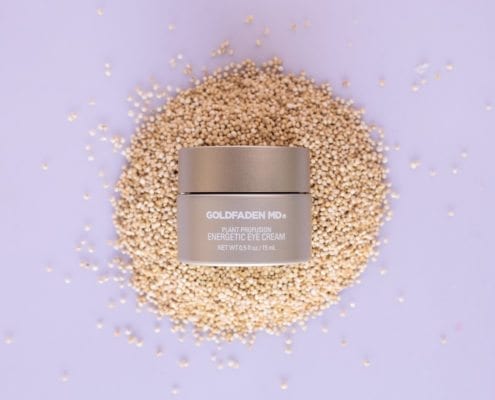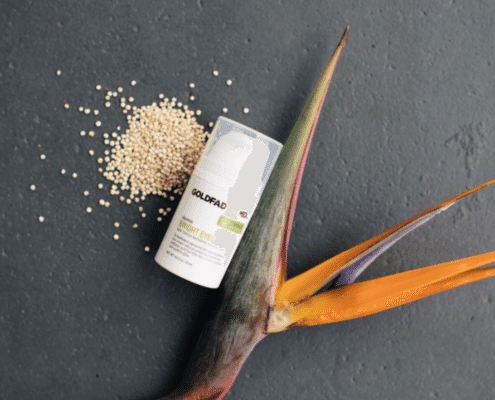Your face and skin are windows into your health. Skin issues and other undesirable facial flaws are often thought of in terms of how they’re unpleasing to the eye and take away from a person’s natural beauty. But this way of thinking disregards the important fact that circles under your eyes, red cheeks and unusual acne that pops up in places such as your ears or along your forehead can tell a tale about nutritional deficiencies and the health of your organs.
What your FACE can tell you about your health (including spotting if you need to go on a diet based on where your blemishes and wrinkles are).

Acne/Breakouts
Adult acne or breakouts can be caused by all sorts of issues, but are most directly related to hormones and stress. Genetics can play a role in adult acne. Acne can be caused from hormonal changes or imbalances related to birth control, the menstrual cycle, pregnancy and peri-menopause. When stress levels rise the body produces more stress hormones, which cause over production of oil and thus a higher chance of a breakout. Lifestyle choices like exercising and sweating may help to get circulation and blood flow going.
“Chin or jawline breakouts are typically hormonal acne. Try exfoliating more on the chin and forehead and be aware of any hair product that may be getting on your forehead. Always clean your cell phone anything that may touch your chin. Clean all makeup brushes as to not spread bacteria.” Dr. Gary Goldfaden
While food doesn’t cause acne, it can attribute to it and make for an unclean, unhealthy appearing complexion. Glycation is the main enemy of skin and the aging process of the body.. The glycation process, which is basically, sugars (from food and alcohol) breaking down the collagen fibers in the skin, which excels the aging process. Foods that feed glycation/cause inflammation in the body/skin are carbohydrates, fried foods, sugar, fatty meats and alcohol.
Puffy Eyes + Dark Circles::
Ordinary swelling around the eyes means you have an excessive accumulation of fluids, called edema, in surrounding skin tissue. Because the skin around the eyes is the thinnest skin in the body, swelling and discoloration can be quite prominent. Overconsumption of salt, which causes fluid retention, Allergies Sinus problems, Dehydration, Fatigue and lack of sleep, Stress, Crying, and Aging that can cause inflammation and swelling.
Puffy eyes could also be related to kidney problems, and these should be investigated by your doctor.
Redness:
Blood vessels are more apparent in people who genetically have thin skin, but red skin can also be the result of aging and skin damage. Sun exposure can increase redness, inflammation, and eventually skin cell damage all over the face.
Dr. G says increase anti-inflammatory, cooling and soothing ingredients /foods
- Red Tea (Rooibos)
- Alpha Lipoic Acid
- Green Tea
- Oatmeal
- Cucumbers
If excessive redness does happen, try applying a cool compress, splashing your face with very cold water, going indoors and allowing your body to cool off. Wearing a little concealer on areas that do tend to get red can help too.
You are what you eat:
Diet: “Eat a diet high in anti-oxidant rich foods such as leafy greens and berries and foods high in essential fatty acids (salmon and almonds). Stay away from foods that can encourage and cause Glycation. Some people may benefit from cutting dairy products out of their diet.”
“Overall signs of loss of elasticity, fine lines, wrinkles and sagging may be caused by Glycation. The Glycation process (sugars from food and alcohol, that break down the collagen fibers in the skin) speeds up the aging process. Foods that feed Glycation and cause inflammation in the body and the skin are carbohydrates, fried foods, sugar, fatty meats and alcohol. “
“Smoking can attribute to dull and sallow looking skin tone, wrinkles, fine lines, sagging, enlarged pores and an overall unhealthy complexion.” Dr. Gary Goldfaden


